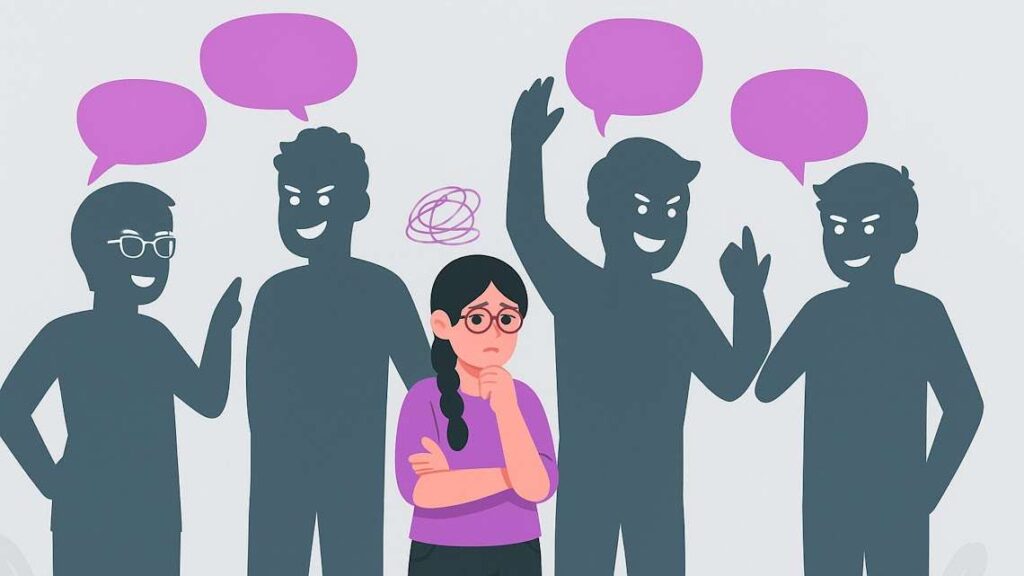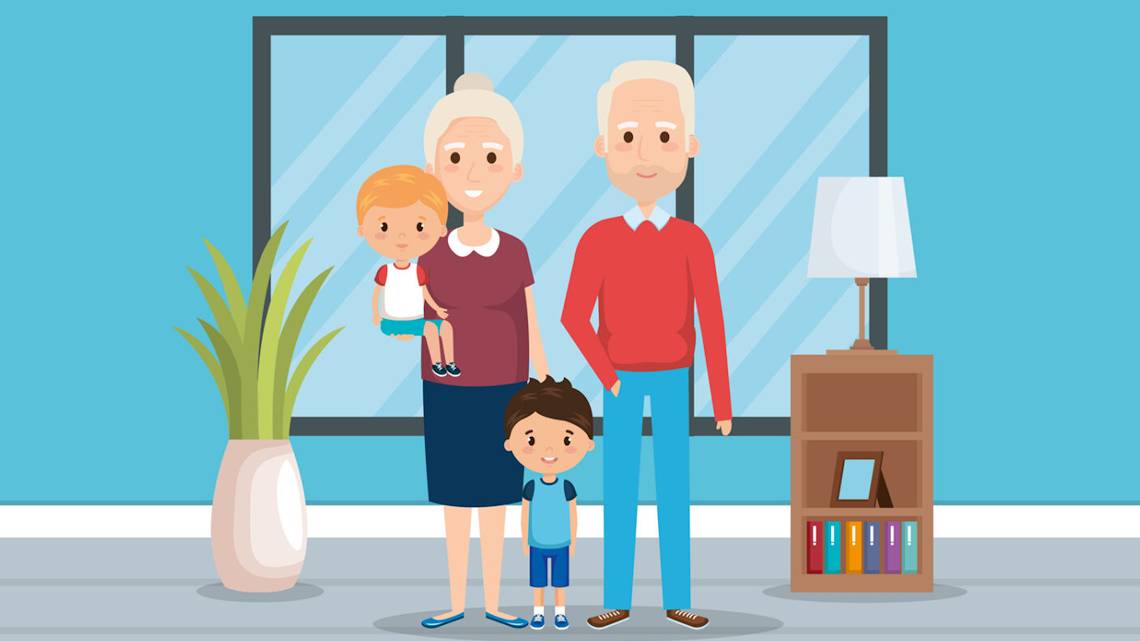
For many of us, the word ‘incel’ either brings to mind the popular Netflix series Adolescence or leaves us unsure of what it actually means.
Well, for those of you who are unfamiliar with it: the term “incel” is short for involuntary celibate and it represents an online community of men struggling with feelings of loneliness and difficulty in finding romantic/sexual partners. It’s a subgroup of the broader manosphere and these individuals often depict themselves as being trapped in celibacy despite their desire for connection. Members of the incel community often see themselves as victims and are frustrated with their circumstances, often attributing them to external factors such as women, society and genetics.
The Psyche of Incels
Now that we have understood the terminology, let’s dive deeper into what factors lie behind this community.
Physical Appearance
One concept that describes the incel worldview is physical unattractiveness and the belief that physical unattractiveness is the primary obstacle to forming intimate and/or sexual relationships. They often view themselves as burdened by various physical insecurities, with particular focus on features like skull shape, wrist size, height, jaw structure, nose shape, muscle tone, and eye alignment.
As a result, a majority of members of the incel community attribute their forced celibacy to genetics. Along with their view of themselves as unattractive, a negative lens towards life, social rejection and romantic loneliness lead to the inception of inceldom.
Masculinity
Rooted deep in the narratives and worldviews of incels is the theme of masculinity, particularly hegemonic masculinity (a pattern of behaviors and views within society that normalizes the dominance of men over women) and the perception that men’s roles and status have been challenged amid the progress of feminism. This often leads to a tendency to condemn women and their societal advancements as barriers to returning to patriarchy and traditional ideals.

Mental Health Challenges
Many incels struggle with a variety of mental health concerns, including stress, depression, body dysmorphic issues, anxiety and suicidal ideation are most common.
Research suggests that individuals diagnosed with or portraying signs of Autism Spectrum Disorder (ASD) are at a higher risk of adopting the incel ideology. In addition to these, certain cognitive patterns and personality traits such as elements of narcissism, aspects of grandiose and delusional thinking are a part of their narratives. Deep feelings of isolation, hopelessness, and helplessness also form a part of their emotional description.
One trait commonly related to an incel is neuroticism. This may be linked to higher feelings of insecurity and self-doubt, thereby creating difficulties in social and dating situations. Neuroticism is also found to be linked to the likelihood of experiencing greater unhappiness and loneliness, which are linked to symptoms of anxiety and depression.
Cognitive Distortions
Like many of us, incels are also prone to cognitive distortions – negative thinking patterns that aren’t based on fact or reality and they influence their worldviews. Some of the common distortions include:
- Overgeneralization: Overestimating the importance of physical appearance and financial resources, and underestimating attributes like kindness, intelligence, and humor.
- The Black Pill: Perception of women and society as inherently biased against men who do not meet certain physical standards, leaving them feeling hopeless about being seen as attractive or accepted.
- Catastrophizing: Believing that not having a romantic partner equates to life being meaningless.
- Mind Reading: Assuming that women and society judge and despise them despite the lack of evidence.
A step towards understanding and intervention
From a therapeutic perspective, addressing the incel phenomenon requires empathy without condoning harmful ideologies. Key intervention points might include:
Detecting signs of violence
Among incels, misogyny and discrimination against women are among the foundations and early warning signs of violence. These signs should be considered alongside knowledge gained through theoretical and empirical research.
Challenging themes of attractiveness and physical appearance
As we have discussed, incels tend to blame their celibacy on physical attributes. Therefore, interventions should focus on this fixation and aim to create more balanced perceptions. Challenging the ‘lookism’ beliefs that become further entrenched due to media influence is also of most importance. Promotion of alternative narratives to the Black Pill ideology may help reduce the risk of self-harm and harm to others.
Rethinking the macho culture and hegemonic masculinity ideals
The potential for an increase in violence lies at the heart of adverse masculine beliefs towards women and feminism. Few men believe that in order to prove their masculinity, they have to be violent. This indicates a void in guidance that society offers young men in particular when navigating a sexual, dating, and social world. Therefore, interventions need to be aimed at addressing this void and creating support systems that are inclusive and supportive of men without reinforcing traditional gender roles.
Promoting positive ideals of sexuality
The incel culture usually lacks a positive sexuality dimension and thus, educating and promoting positive sexuality principles may help mitigate and, maybe prevent the risk factors related to violence fueled by sex negativity.
Cultivating awareness and curiosity
Being familiar with the slang and language used in the manosphere, especially within incel culture, can help parents recognize early signs if it appears in their children’s conversations. Staying informed about your child’s online activities can make a meaningful difference. Engaging with them online in a natural, non-intrusive way can open up conversations about what they are seeing and hearing.
Encouraging your child to think critically about information from the media can also help protect them from misinformation. It’s important to approach these conversations without judgment, using open-ended questions like, “What does this mean?” or “How do boys and girls talk about each other in your class?” to create space for them to share openly.
Understanding the world of incels requires us to strike a delicate balance: empathizing with their emotional pain while challenging the harmful ideologies that can emerge from it.
With careful, compassionate intervention and broader societal efforts, it is possible to offer support while reducing risks for both individuals and the communities around them.
Photo Credits:
First image: chatgpt
Second image: chatgpt
References
Aiolfi, I., Palena, N., Ó Ciardha, C., & Caso, L. (2024). The incel phenomenon: A systematic scoping review. Current Psychology, 43(32), 26264-26278.
Costello, W., & Thomas, A. G. (2025). Seeing through the black-pill: Incels are wrong about what people think of them. Personality and Individual Differences, 237(11304), 1.
Edwards, C. J. (2022). Combating Incels: Addressing Misogynistic Violence as an Early Warning Indicator of Escalating Violence and Armed Conflict. Loy. U. Chi. Int’l L. Rev., 19, 1.
Hoare, A. (2025). What parents need to know to talk to their children about the manosphere. The Conversation. https://theconversation.com/what-parents-need-to-know-to-talk-to-their-children-about-the-manosphere-252984
Peace, R. T. (2022, April 14). Black Pill Ideology: What is Incel Extremism? Rise to Peace. https://www.risetopeace.org/2022/04/14/black-pill-ideology-what-is-incel-extremism/risetopece/

Sakshi
About the author
Sakshi is a clinical psychologist with a deep passion for understanding human behavior, a strong drive for research, and a keen eye for psychological intricacies. Committed to continuous learning, she seeks to explore every facet of psychology, from theory to practice, to better support and empower individuals. With a curiosity that fuels her pursuit of knowledge, she strives to bridge the gap between research and real-world applications, making psychology more accessible and impactful.
Recently Added
Adaptogens are a class of natural herbs, roots, and mushrooms that assist the body in adapting to stressors in the environment. These …
The journey of raising children comes with countless moments where they need our support and guidance. Whether our children are typically developing …
The World Infant, Child and Adolescent Mental Health Day was first initiated to highlight the importance of mental health, starting from the …




